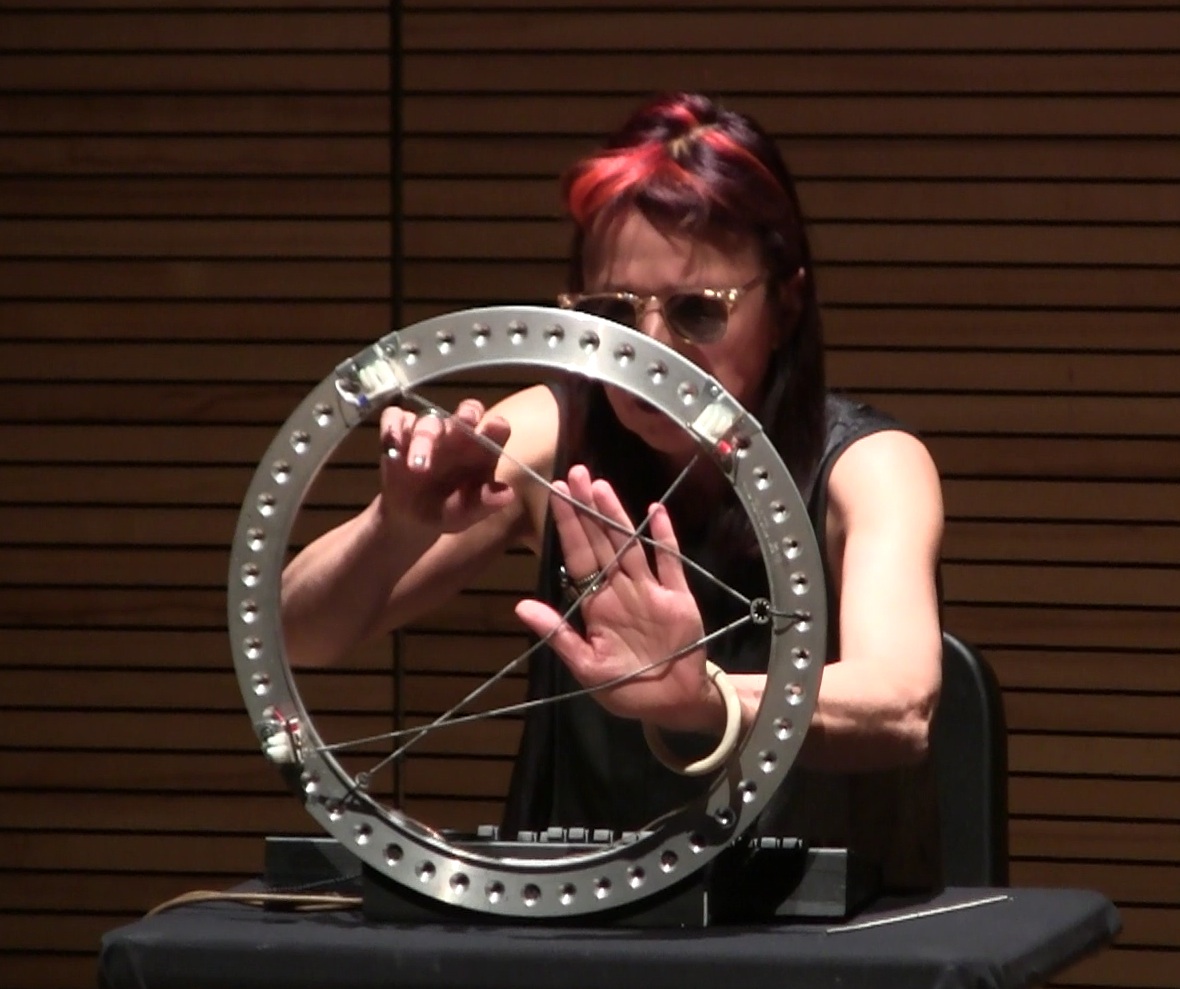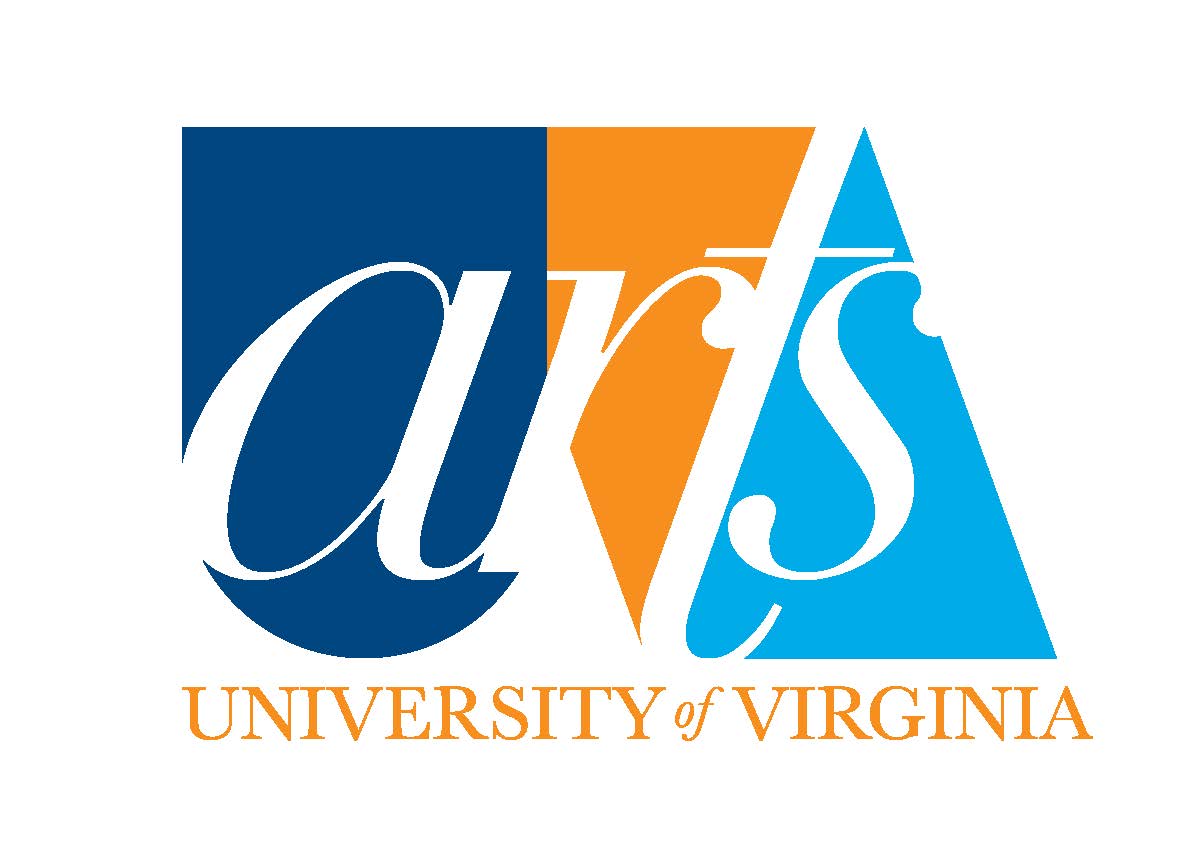Technosonics XVIII: DIY

Technosonics XVIII - A Festival of New Music, Installation Art, and DIY Technology
February 22-24
Computer controlled fabrication tools, conductive fabric, YouTube tutorials, micro-controllers, and DIY networks are bringing commercial production techniques to individuals. What possibilities do these tools afford musicians and composers? What sounds emerge in experimenting with these semi-automated modes of making? Technosonics XVIII will explore the space between amateur and professional, artist and engineer, punk and popstar, art and Art, lo and hi, public and university, commercial and cult, critical and collective. This year’s DIY-themed installment of the festival involves 3 days of talks, concerts and installations and features special guests Laetitia Sonami, Nicolas Collins and Sasha Leitman. All events are FREE and open to the public except the Saturday workshop which requires prior registration.
Schedule:
COLLOQUIUM:
SASHA LEITMAN, Thursday, February 22, 5pm, Music Library
LAETITIA SONAMI, Friday, February 23, 3:30pm, 107 Old Cabell Hall
CONCERTS:
Friday, February 23 at 8:00pm in Old Cabell Hall
Saturday, February 24 at 5pm at the Southern Café and Music Hall
WORKSHOP:
NICOLAS COLLINS, Saturday, Februrary 24th 12pm in Wilson Maker Space (RSVP ONLY)
INSTALLATIONS:
Sonic Windows – Sasha Leitman, UVA Music Library
Sonic Windows are an immersive sound experience.
Because sound travels about 4.3 times as fast in water than it does in air, humans struggle to perceive the direction of sound underwater. Thanks to the spaced, binaural recording technique Leitman has used, listeners are able to dive into a stereo image of the underwater world normally only available to marine mammals.
The listening boxes are built from mahogany panels salvaged from a San Francisco Bay Area boat that sunk numerous times and was eventually demolished. They are fashioned after the sailor’s ditty box – a small, personal wooden box that sailors were expected to keep in their berth or hammock. It held a sailor’s everyday items, as well as their few treasured possessions.
Quiver – Sasha Leitman, UVA Music Library
Quiver is a metal sound sculpture that utilizes vibration transducers to explore material resonances and interdependent, nuanced control of sound. Touch the metal and sound emerges. Push on the metal to acoustically filter and shape the tones and resonances of each metal dome.
Quiver is both an artistic exploration of a technological and acoustic principle that I am studying for a new musical interface design and a lullaby to the California coastline and the Northern Pacific ocean. The Pacific Ocean binds so many of the artists, the people and the work that have influenced me over the last 25 years. Created as I prepared to leave the California edge of the Pacific and head towards the southern side of the globe, this piece encapsulates elements of seashore that I have loved. The wood comes from the deck of a bay area boat that sunk numerous times and was eventually demolished. The metal was shaped on an English wheel to resemble the low hills along the coastline. And the sounds were designed to evoke the groans of boats, tides and waves. The visceral vibrations that come from the materials are my goodbye to these sets of waves.
Lumina Sound Installation – Eli Stine – OCH Lawn
Inspired by the form and construction process of Lumina, the composed soundscape is a sonic ecosystem of semi-arti cial sound creatures in an environment of rich, slowly evolving tones. e work is played back over six speakers attached to the structure’s surface, engul ng listeners in immersive sound that traces the curves and delineates the boundaries of the structure while they stand beneath it.
e Lumina installation was created by students of the University of Virginia School of Architecture led by Professor Michael Beaman, Fabrication Facilities manager Melissa Goldman and guest designer Andrew Kudless. It’s full form was originally fully installed for the Bicentennial celebration in October 2017.
Guest Bios
Nicolas Collins
 New York born and raised, Nicolas Collins spent most of the 1990s in Europe, where he was Visiting Artistic Director of Stichting STEIM (Amsterdam), and a DAAD composer-in-residence in Berlin. From 1997 - 2017 he was Editor-in-Chief of the Leonardo Music Journal, and since 1999 has been a Professor in the Department of Sound at the School of the Art Institute of Chicago. An early adopter of microcomputers for live performance, Collins also makes use of homemade electronic circuitry and conventional acoustic instruments. His book, Handmade Electronic Music – The Art of Hardware Hacking (Routledge), has influenced emerging electronic music worldwide.
New York born and raised, Nicolas Collins spent most of the 1990s in Europe, where he was Visiting Artistic Director of Stichting STEIM (Amsterdam), and a DAAD composer-in-residence in Berlin. From 1997 - 2017 he was Editor-in-Chief of the Leonardo Music Journal, and since 1999 has been a Professor in the Department of Sound at the School of the Art Institute of Chicago. An early adopter of microcomputers for live performance, Collins also makes use of homemade electronic circuitry and conventional acoustic instruments. His book, Handmade Electronic Music – The Art of Hardware Hacking (Routledge), has influenced emerging electronic music worldwide.
Sasha Leitman
 Sasha Leitman is a composer, artist and inventor from California. She has been making musical instruments, new interfaces for musical expression and sound art installations for the last 15 years. After spending over a decade teaching courses and managing the Max Lab - an Interface Prototyping Lab, at Stanford University’s Center for Computer Research in Music and Acoustics (CCRMA), she decided it was time to try out the other side of the Pacific. She recently began a PhD program in Engineering and Computer Science at Victoria University of Wellington, New Zealand where she is exploring the design of computer music controllers inspired by the nuanced control of acoustic instruments.
Sasha Leitman is a composer, artist and inventor from California. She has been making musical instruments, new interfaces for musical expression and sound art installations for the last 15 years. After spending over a decade teaching courses and managing the Max Lab - an Interface Prototyping Lab, at Stanford University’s Center for Computer Research in Music and Acoustics (CCRMA), she decided it was time to try out the other side of the Pacific. She recently began a PhD program in Engineering and Computer Science at Victoria University of Wellington, New Zealand where she is exploring the design of computer music controllers inspired by the nuanced control of acoustic instruments.
Laetitia Sonami
 Laetitia Sonami is a sound artist, performer and researcher.
Laetitia Sonami is a sound artist, performer and researcher.
Sonami's sound performances, live-‐film collaborations and sound installations focus on issues of presence and participation. She has devised new gestural controllers for performance and applies new technologies and appropriated media to achieve an expression of immediacy through sound, place and objects.
Best known for her unique instrument, the elbow-‐length lady's glove, which is fitted with an array of sensors tracking the slightest motion of her hand and body, she has performed worldwide and earned substantial international renown.
Recent projects include the design of a new instrument, the Spring Spyre, based on the application of neural networks to real-time audio synthesis; an improvisation duo, Sparrows and Ortolans, with James Fei; and Le Corps Sonore, a fully immersive sound installation on six floors of the Rubin Museum, NYC in collaboration with Eliane Radigue and Bob Bielecki.
Upcoming projects include Peripheral Vision, a text based performance piece and a new live film project with Sue-C based on Italo Calvino Cosmicomics.
Sonami has received numerous awards among which the Herb Alpert Awards in the Arts and the Foundation for Contemporary Performance Awards.
“...she sometimes looked like a human antenna searching the air for sounds, or like a deity summoning earth-shaking rumbles with a brusque gesture”. NY TIMES
“Experimental music is rarely this visceral and engaging” – Los Angeles Times
“Working since the 1980s, Laetitia Sonami continues to serve as an important figure for female artists working with technology. Her lady’s glove made her a well-‐known name within the performance art scene, particularly because she was one of a few women experimenting with sound and technology.“ Complex Mag- One of 10 San Francisco personalities you should now in 2014
Old Cabell Hall is located on the south end of UVA's historic lawn, directly opposite the Rotunda (map). Parking is available in the Central Grounds parking garage on Emmet Street, in the C1 parking lot off McCormick Rd, and in the parking lots at the UVA Corner. Handicap parking is available in the small parking lot adjacent to Bryan Hall.
All programs are subject to change.

